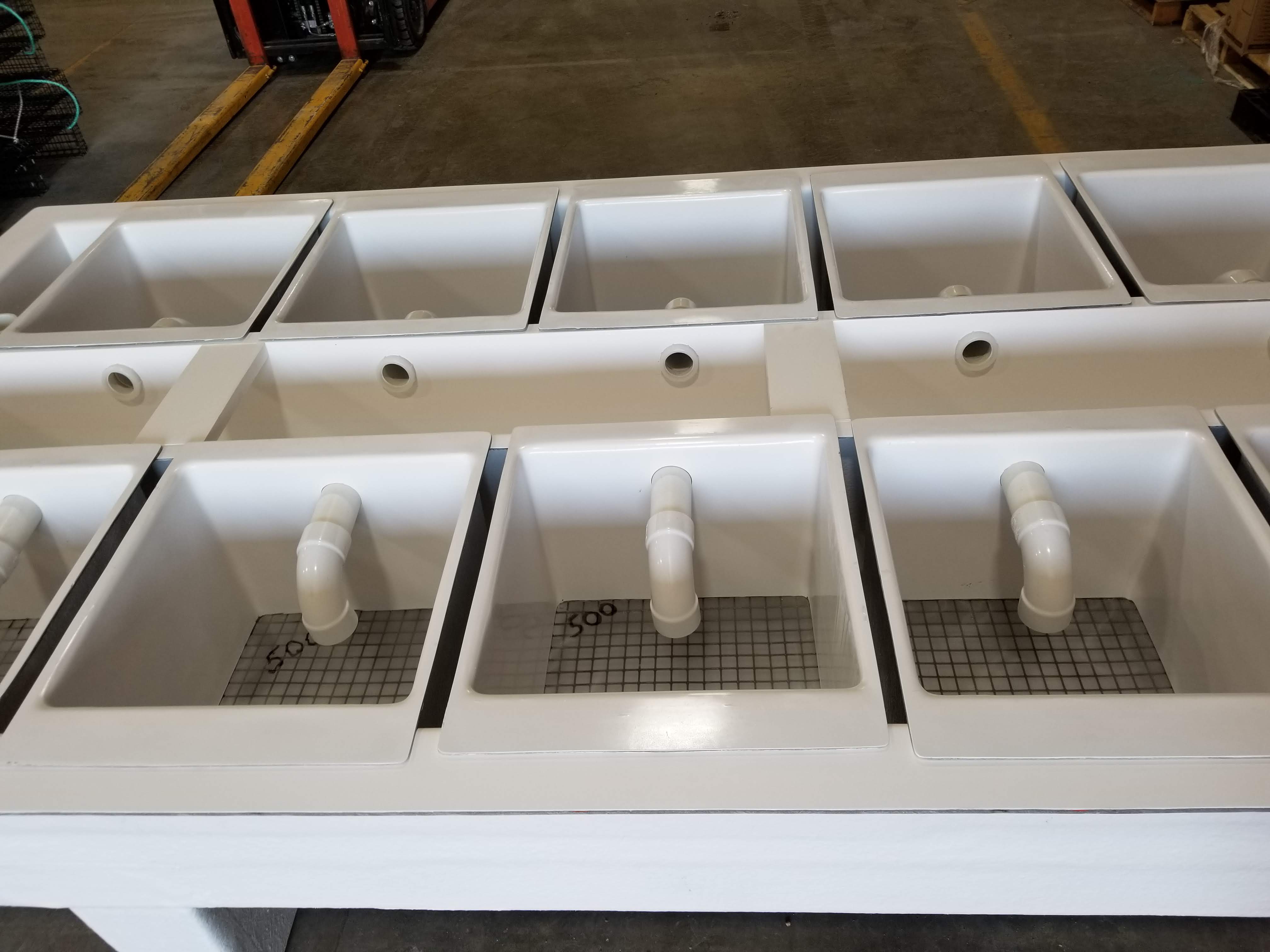

Urosalpinx cinerea, the American oyster drill, was accidentally introduced to the British Isles with American oysters and lives on oyster beds feeding almost entirely on oyster spat. Buccinum undatum, the common whelk also feeds on oysters but not as exclusively as the sting winkle. Native oysters are preyed on by a variety of species including starfish and Ocenebra erinacea, the sting winkle or rough tingle. The slipper limpet deposits pseudo faeces which forms 'mussel mud' changing the substratum and hindering settlement. Brought over from the United States this species can occur in very high densities competing for space and food. The oyster faces serious competition from the introduced species Crepidula fornicata, the slipper limpet. In the British Isles, the main growing season is from April to October. It then remains constant at around 20 grams per year before slowing down after five years. Growth is quite rapid for the first year and a half.Growth rates of Ostrea edulis are faster in sheltered sites than exposed locations, however this is thought to be attributed to the seston volume rather than flow speed or food availability (Valero, 2006). Particulate matter which is resuspended from the bottom material by tidal currents and storms is likely to be an important food source (Grant et al., 1990). Feeding is carried out by pumping water through a filter in the gill chamber removing suspended organic particles.Because the oyster cements itself to the substratum, growth of neighbouring individuals may result in competition or space and distort the usual shell shape. Size and shape can be extremely variable. There is some evidence that reduced growth, weight and poor conditions are a consequence of high population densities (300 per square yard).


 0 kommentar(er)
0 kommentar(er)
